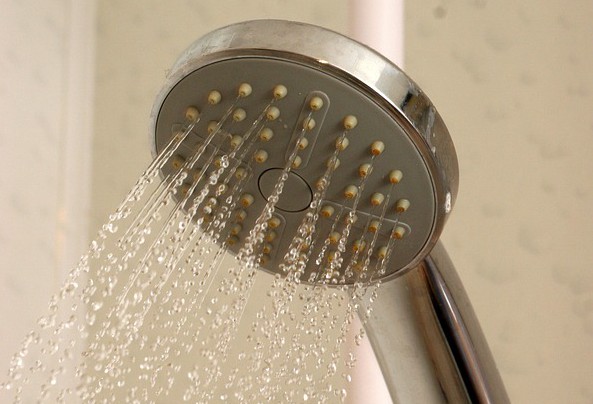
If you are reading this article, you probably know that feeling when the water pressure unexpectedly dies on you. Quite often this happens during showers, and in the worst possible moment too—when you have to wash soap off of your hair or body. You are standing there, eyes closed, shampoo dripping down your face, trying to catch every drop of the weak trickle that your cascading shower turned into. There may be numerous causes of low water pressure, but if your entire house is affected, the culprit is likely your well tank or well pump. Here are a few possible well-related causes of low water pressure our Maryland well pump repair specialists often come across.
Water-Logged Pressure Tank
A pressure tank holds the water pumped by the well pump and then distributes it to the plumbing fixtures in your home. A pressure tank is able to maintain a certain level of pressure thanks to the air/water ratio inside the tank. Sometimes, a pressure tank may become water-logged, i.e. overfill with water so there is not enough air to create adequate pressure. This is often a problem in older galvanized pressure tanks, and not so much in bladder (captive air) tanks.
When a pressure tank becomes water-logged, the pressure inside of it fluctuates frequently, which causes the well pump to cycle on and off. The well pump cycling leads to water pressure going from low to regular in your plumbing fixtures. That’s when you would notice your shower stream die down and then come back. Some tanks can be re-pressurized, while others may need to be replaced. Either way, it’s worth getting in touch with your Maryland well pump contractor.
Failing Well Pump
It shouldn’t take longer than 3-5 minutes for a well pump to fill the pressure tank. If it takes longer, you may experience a noticeable drop in water pressure, which would explain why your showers now take forever. Some other signs of a failing water pump may include symptoms like odd or loud noises and unusually high electric bills. A water-logged pressure tank can actually contribute to the premature sump pump failure, as continuous cycling on and off causes the pump to wear out faster. Submersible well pumps can last up to 25 years, but well water quality may also shorten their lifespan. Fortunately, sometimes a simple part replacement solves the problem, so that you don’t have to replace the entire pump.
Leak in the System
A leak at any point between the well pump piping and your plumbing fixtures can lead to decreased water pressure. Sometimes, an old water pressure tank may rust from the inside out, creating a pinhole, which is enough to affect the pressure. In other cases, pipes going to or from the well pump may suffer physical damage and develop a leak. Our Manchester well pump repair experts have our own methods and tricks for finding the origin of the leak.
Still not sure what could be causing your low water pressure? Give R & G Water Systems a call. We have a 24/7 hotline for emergencies, so if your low pressure escalates into no water at all, you can reach us any day of the week!
